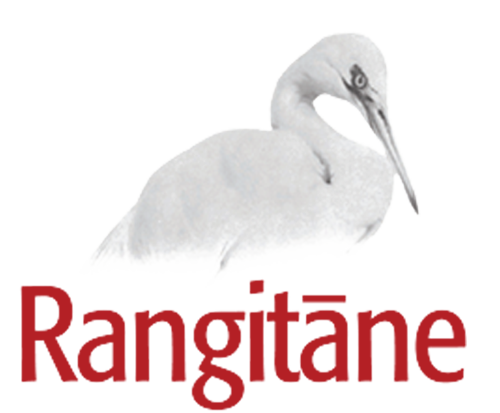Kurahaupō Waka
The Rangitāne story begins with the arrival of the Kurahaupō waka (canoe or migration). One of the principal Rangatira aboard this waka was Whātonga. His descendants eventually migrated south from Māhia Peninsula to settle much of the lower North Island and the top of the South Island.
The tribes associated with this waka include Rongomaiwāhine (Mahia), Te Ati Haunui a Paparangi (Whanganui), Rangitāne (Manawatū, Tamaki nui-a-Rua, Wairarapa, and Wairau), Ngāti Apa (Rangitikei and Marlborough), Muaūpoko (Horowhenua), Ngāi Tara (Wellington and Kapiti), Ngāti Kuia (Pelorus), and Ngāti Tūmatakōkiri (Golden Bay).
Rangitāne
There are four branches of Rangitāne – Tamaki-nui-a-Rua, Manawatū, Wairapapa and Wairau.
At first, Rangitāne lived in Heretaunga (the Hastings area). Later, they travelled south and occupied Tamaki-nui-a-Rua (Dannevirke), Wairarapa, Te Whanganui-a-Tara (Wellington) and Wairau in the South Island.
This lead to the Rangitāne whakatauki:
Tini whetū ki te rangi…ko Rangitāne ki te whenua
Like the multitudes of stars in the sky…So great is Rangitāne on the earth
Rangitāne o Wairau
Rangitāne have resided in Te Tauihu o Te Waka-a-Māui (northern South Island) since the migration from the Wairarapa in the sixteenth century under the Rangatira Te Huataki, Te Whakamana and Tukanae. We have occupied and used resources within a territory stretching from Waiau Toa (Clarence River) in the south to Wairau (Marlborough), including Rotoiti and Rotoroa (Nelson Lakes), and north to Kaituna and the Marlborough Sounds and west into the Whakatū (Nelson) area.
Rangitāne customary rights often overlapped and intersected with other iwi, especially in the Waiau Toa, Nelson Lakes, Marlborough Sounds and Whakatū districts. Non-exclusive and shared occupation and use rights in these areas were governed by whakapapa connections and customary protocols between the iwi.
